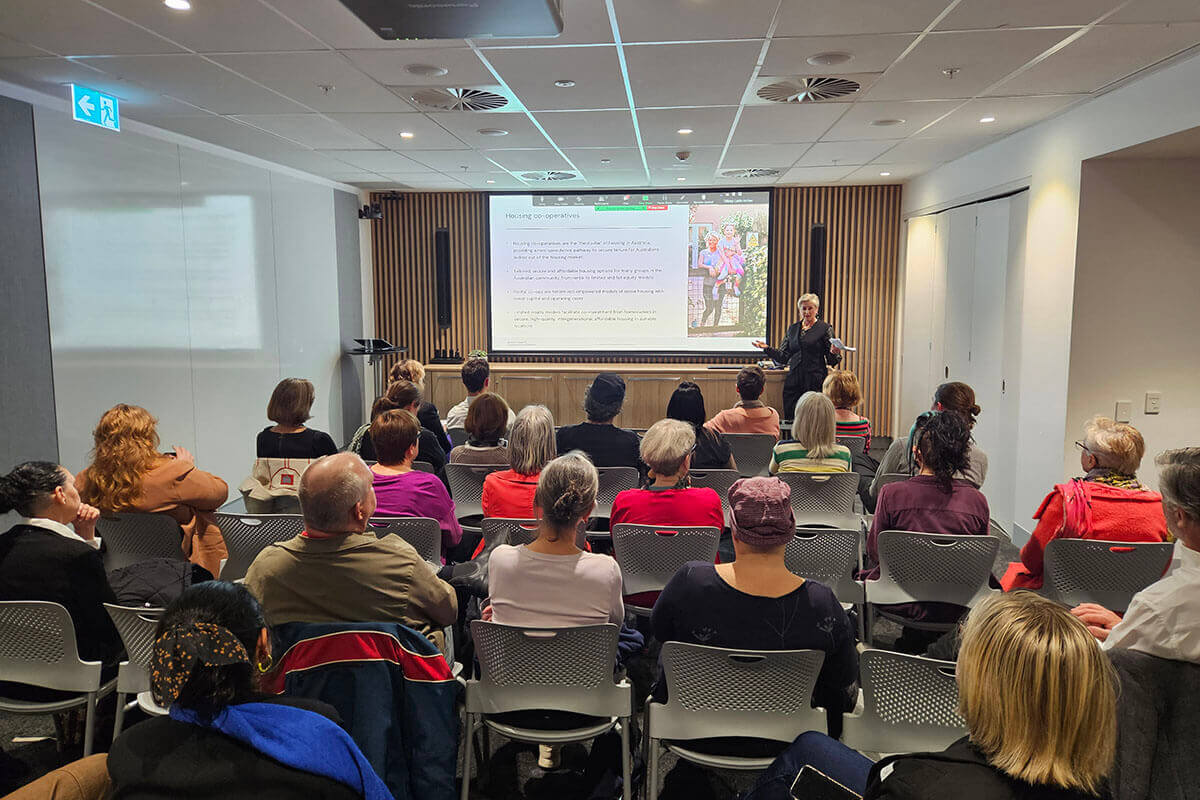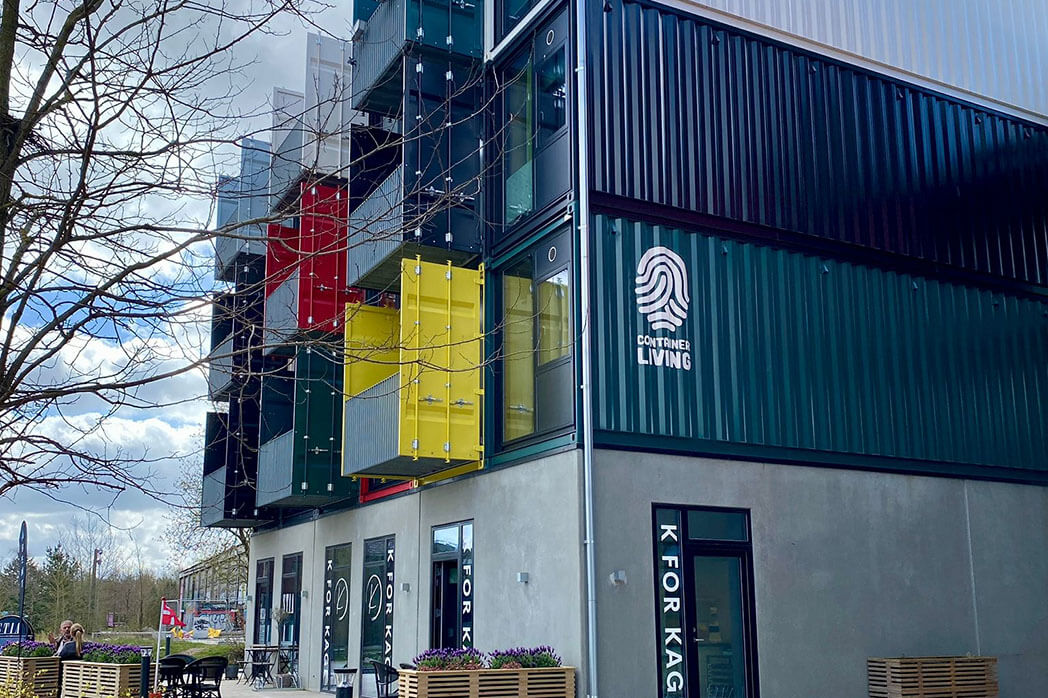29 August 2023
The BCCM’s co-operative development fund, Bunya Fund, has backed a financial feasibility study on how the co-operative business model can be used in Australia to establish cohousing. The study, which looks at the barriers and opportunities of co-operative cohousing, was announced at a CoHousing Australia event last Friday, 25 August, where the group also launched a guide to legal and financial pathways for collaborative housing.
“With the financial feasibility study and the guide for resident-led housing groups launched today, we are no longer just dealing with a theoretical framework but a live strategy to resolve Australia’s housing crisis with a multi-faceted approach that includes housing co-operatives,” said BCCM CEO Melina Morrison at the event.
She added, “A key driver of Australia’s acute housing affordability crisis is over-reliance on just two housing pillars: private home ownership and private renting. There is a growing need for housing alternatives in Australia, and opportunities exist to address social, environmental and economic issues by developing more diversity in the housing sector.
“Australia urgently needs diversification of housing models to meet the full range of housing needs and aspirations in the Australian community, including key workers, young people, people with a disability, older Australians and Aboriginal and Torres Strait Islander People.”
This is where co-ops and cohousing can support Australia’s housing affordability crisis, exasperated by the challenges of the past few years. Housing co-operatives, that is, housing owned and democratically controlled by groups of residents, are the third pillar in housing that can build a better home for all Australians.
Australia already has a successful rental housing co-operative sector. What is missing is the limited equity model that allows residents to contribute part of the equity while keeping the housing affordable. Resident equity brings in a currently untapped funding stream while limiting the capital gain returns, ensuring the housing is affordable for subsequent residents. This model recognises that housing meets an essential need. When housing is only used as an investment vehicle and becomes unaffordable, it shuts too many people out of the market.
We know this model works from examples worldwide. Large government-supported programs in North America and Europe subsidise home ownership in community-led housing co-operatives, allowing essential workers to live near where they work, with the security of home ownership.
Melina added, “This segment should play an integral role in the broader housing mix that Australia desperately needs. Affordable homes are one of the key policy areas in which the BCCM engages with state governments to explore how the co-operative business model can help to deliver real progress for the people of this state. With support from the government, housing co-operatives can help to provide more secure, affordable housing.”
View the CoHousing Australia event photo gallery.

![[10:29 am] Saul Symonds (BCCM)
(Left to right) David Alonso Love Co-Chair, CoHousing Australia; Caitlin McGee, Research Director at the Institute for Sustainable Futures, UTS Sydney; Melina Morrison, CEO, Business Council of Co-operatives and Mutuals; Dr Matt Daly, Research Fellow, Sustainable Buildings Research Centre, University of Wollongong; Elena Pereyra, Co-Chair, CoHousing Australia; Councillor Sylvie Ellsmore, Deputy Lord Mayor of the City of Sydney.](https://bccm.coop/wp-content/uploads/2023/08/Co-housing-event-in-person-attendees-25-September-2023.jpg)

